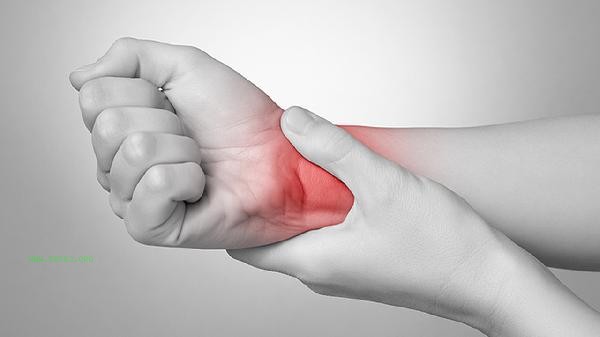Exercising forearm muscle strength can be achieved without the use of equipment through methods such as hand grip training, reverse wrist bending, towel twisting, finger push ups, and hanging exercises. These methods utilize their own weight or everyday objects to stimulate the forearm muscles, making them suitable for both home and outdoor activities.

1. Hands on grip training
Repeatedly clench the fist with bare hands and tighten it firmly, hold for a few seconds, and then slowly release. This action can activate the flexor muscles of the fingers and wrist. It is recommended to repeat multiple times per group and perform multiple sets daily. During training, different grip strengths can be tried, gradually increasing from light to heavy. Long term persistence can enhance grip endurance and improve blood circulation in the hands.
2. Reverse wrist bending
Raise both arms horizontally with palms down, slowly bend the wrists upwards to the limit, and then fall back. This action is aimed at the wrist extensor muscle group and can increase resistance with the help of a water bottle. Pay attention to controlling the speed of movements to avoid joint damage, and repeat each group multiple times to feel muscle contractions. Suitable for improving forearm fatigue caused by repetitive actions such as keyboard operations.
3. Twist the towel
Wet the towel and use both hands to twist it dry in opposite directions. Rotating movements can comprehensively exercise the pronator and supinator muscle groups, and it is recommended to alternate left and right twisting. As the strength increases, the thickness or number of twists of the towel can be increased. This training simulates practical actions such as twisting bottle caps in daily life to enhance functional strength.

4. Finger push ups
Complete push ups with fingertip support, keeping the body straight. In the initial stage, the difficulty can be reduced by kneeling, with a focus on controlling the stability of the fingers and forearm. This action strengthens the extensor muscles and deep forearm muscles, improving hand coordination. Pay attention to dispersing finger pressure during training to avoid excessive joint load.
5. Hanging Exercise
Use door frames or horizontal bars to hang by hand, keeping the body suspended. Stimulate the forearm flexor and grip muscles through self weight stretching, and try to extend the suspension time as much as possible each time. You can try alternately releasing the fingertips of one hand to increase difficulty. This training simultaneously enhances upper limb endurance and core stability.

It can be combined with daily life scenarios such as wringing out a cloth while washing dishes, lifting heavy objects, and walking to enhance the strength of the forearm. Perform wrist loops and finger stretches before and after training to prevent tendon strain. It is recommended to train every other day to avoid excessive muscle fatigue and promote muscle fiber repair through protein intake. If you experience persistent soreness or joint discomfort, you should pause training and consult a professional rehabilitation therapist.








Comments (0)
Leave a Comment
No comments yet
Be the first to share your thoughts!